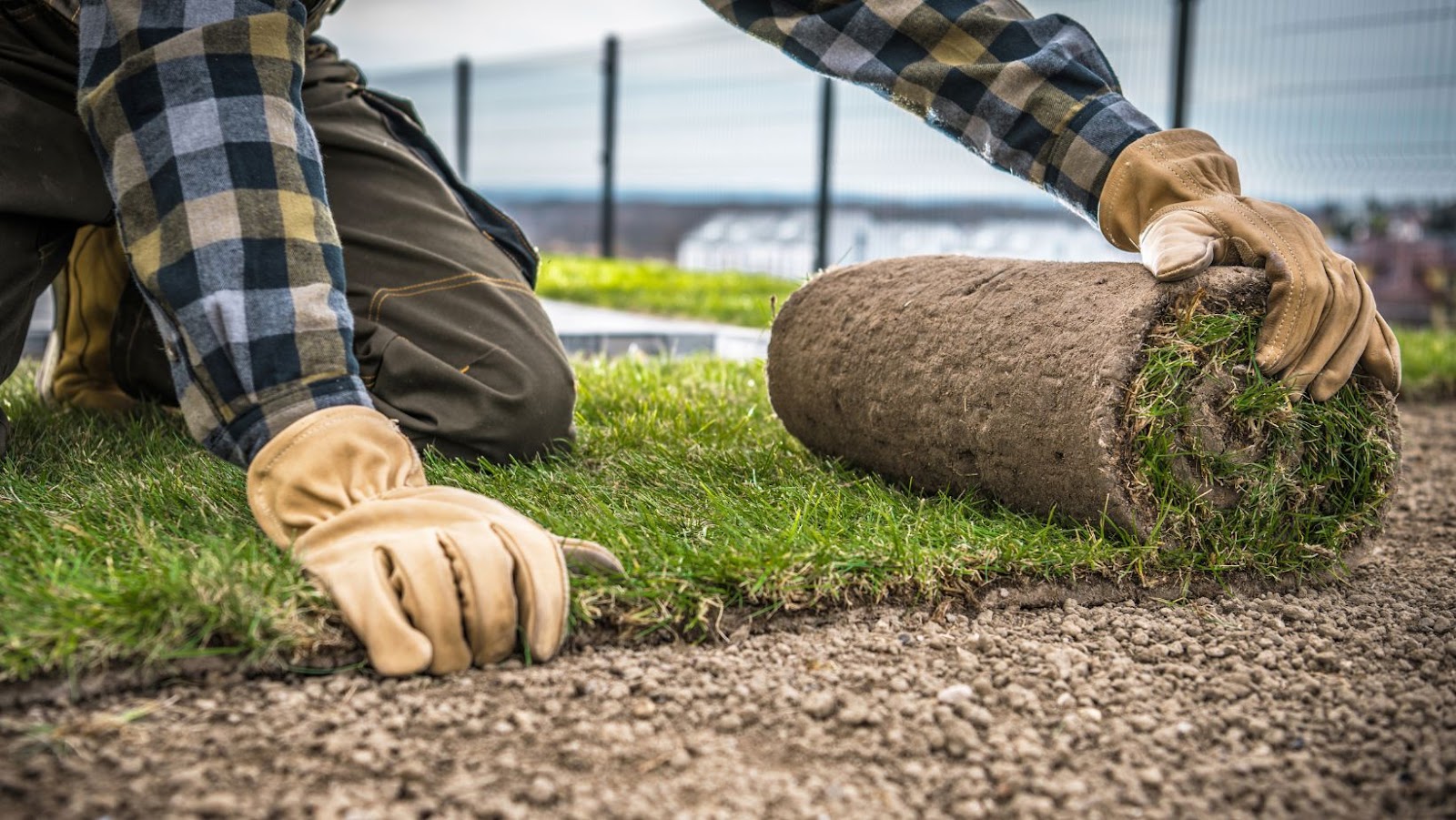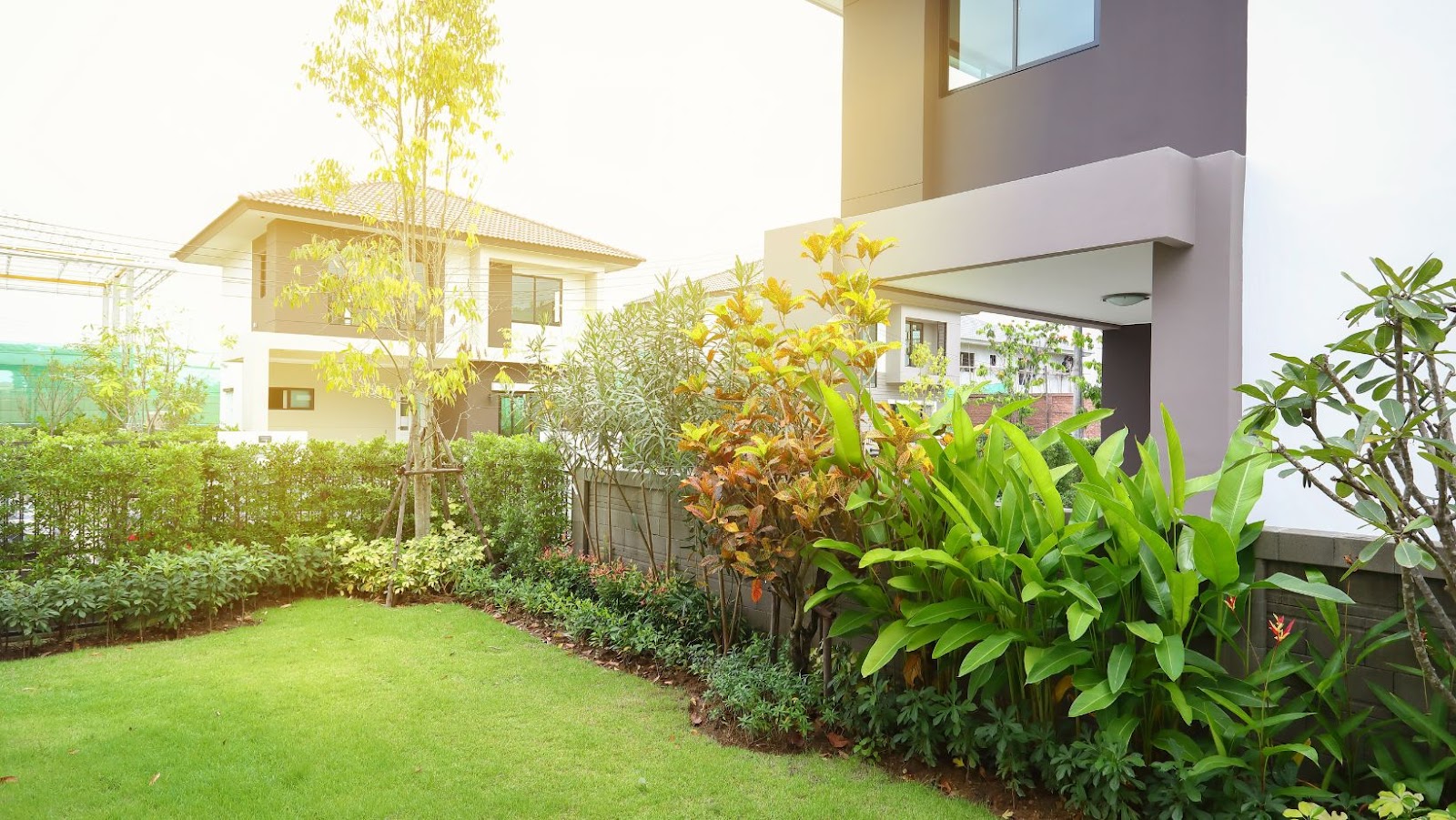Cost of Turfing a Backyard: Prep Steps You Can’t Skip
How Much To Turf Backyard
When considering how much to turf backyard, it’s crucial to understand the various factors that influence the overall cost. This part of the article will guide homeowners through measuring the area, choosing the type of turf that best suits their needs, and estimating the quantity of turf needed. Each of these steps plays a pivotal role in accurately determining the budget for turfing a backyard.
Measuring the Area
The first step in calculating how much to turf backyard is to accurately measure the area that will be covered. This requires a tape measure and a bit of time to ensure precision. Homeowners should measure the length and width of the space and multiply these figures to obtain the area in square feet.
- Use a tape measure for precise measurements
- Calculate area in square feet (Length x Width)
Choosing the Type of Turf
Choosing the right type of turf is paramount as it affects both the cost and the appearance of the backyard. There are primarily two types of turf available: natural and synthetic. Each has its pros and cons, and the choice largely depends on the homeowner’s preferences, use of the backyard, and budget.
- Natural Turf: Cheaper initial costs but requires regular maintenance
- Synthetic Turf: Higher upfront cost but less maintenance over time
Estimating the Quantity Needed
After measuring the area and deciding on the type of turf, the next step is to estimate the quantity of turf needed. This ensures homeowners buy just the right amount, avoiding waste and additional costs. It’s also important to account for a small amount of extra turf for adjustments and cutting to fit the area perfectly.
- Calculate the total square footage of the area.
- Consult with the turf supplier to understand the coverage of each unit of turf.
- Add a 5-10% surplus to the calculated requirement to ensure there’s enough turf for the project.
 Preparing the Backyard
Preparing the Backyard
Before diving into how much to turf backyard, it’s essential to prepare the groundwork adequately. This preparation phase ensures a long-lasting and visually pleasing turf installation. Two critical steps in this process are clearing the area and leveling the ground. Proper execution of these steps can significantly impact the overall look and longevity of the turf.
Clearing the Area
Clearing the backyard is the initial step towards a successful turf installation. This involves removing any existing grass, weeds, debris, or obstacles from the area. Thorough clearance is crucial as remnants of old vegetation can hinder the growth of new turf or lead to uneven surfaces. Homeowners should also consider the removal of larger obstacles such as rocks, roots, or any waste materials found within the soil. The use of tools like sod cutters and weed killers can facilitate this process, ensuring the area is completely cleared and ready for the next phase. It’s essential not to rush this step, as a clean and clear area lays the foundation for successful turf installation.
Leveling the Ground
Once the area is cleared, the next crucial step is leveling the ground. An evenly leveled surface is vital for Optimal Turf Installation. This process involves filling in any holes or dips and removing additional bumps within the yard. Achieving a uniform level helps prevent water pooling, which can be detrimental to the turf. For optimal results, it’s often recommended to use a mix of topsoil and sand for filling in low spots, as it provides a stable base and improves drainage. Homeowners should take their time during this phase, using landscaping rakes or other suitable tools to ensure the ground is as level as possible. Proper leveling not only contributes to the aesthetic appeal of the turf but also enhances its durability and lifespan.
 Installing the Turf
Installing the Turf
Tackling a backyard turf project requires a blend of preparation and precision. The groundwork of clearing and leveling sets the stage for a turf installation that’s not only visually appealing but also built to last. With the right tools in hand and a meticulous approach to preparing the outdoor space, homeowners can look forward to transforming their backyards into lush, green havens. Remember, the effort put into the initial steps pays off in the long run, ensuring a turf that enhances both the beauty and functionality of any outdoor area. Whether it’s for play, relaxation, or aesthetic appeal, a well-installed turf becomes a valuable addition to any home.